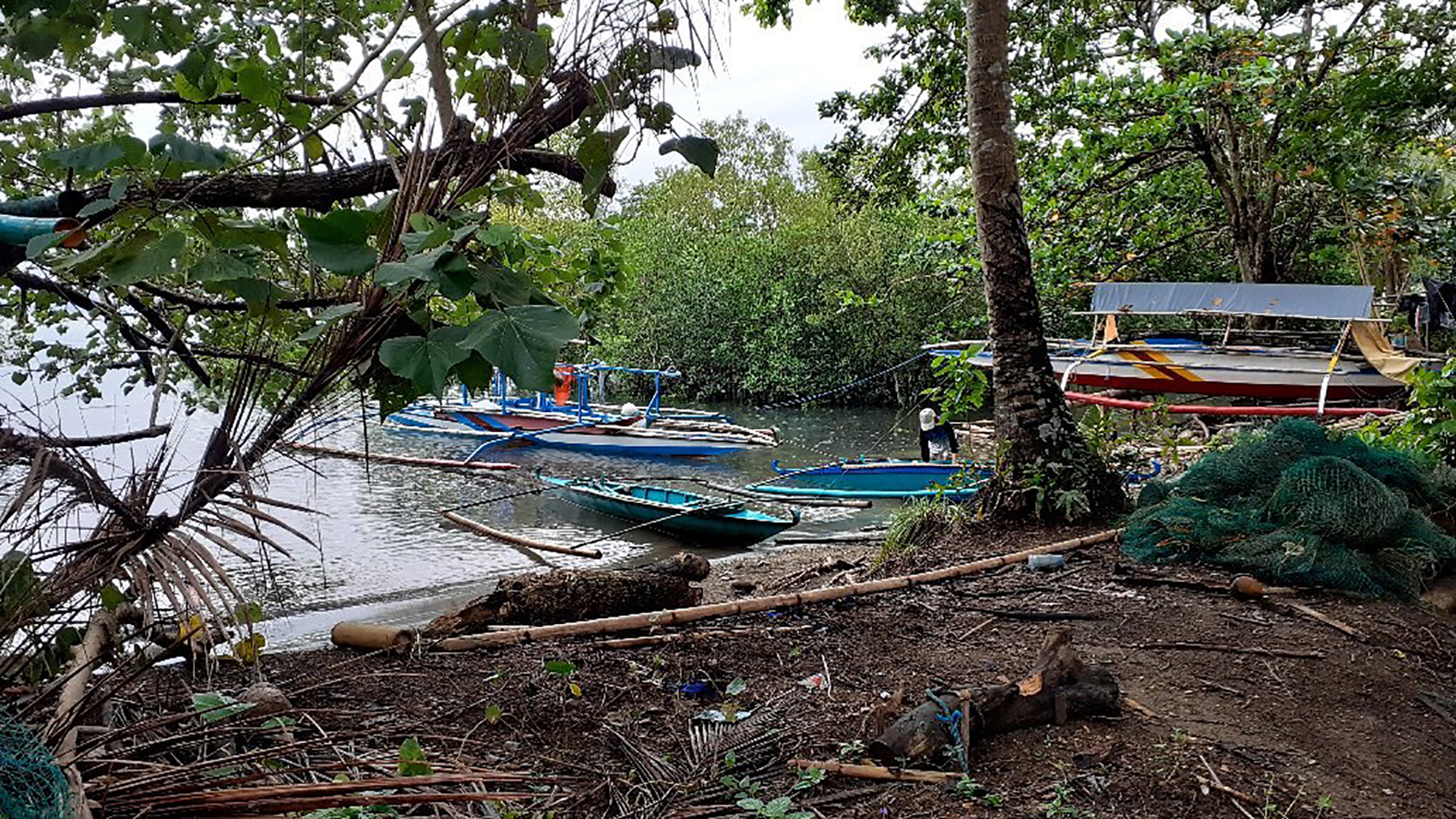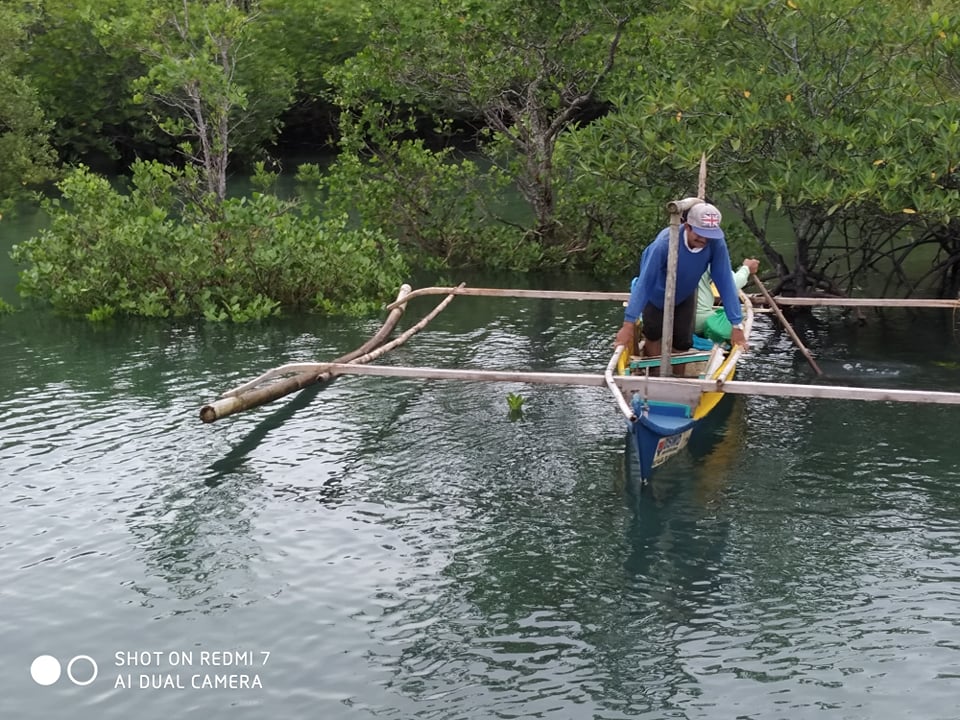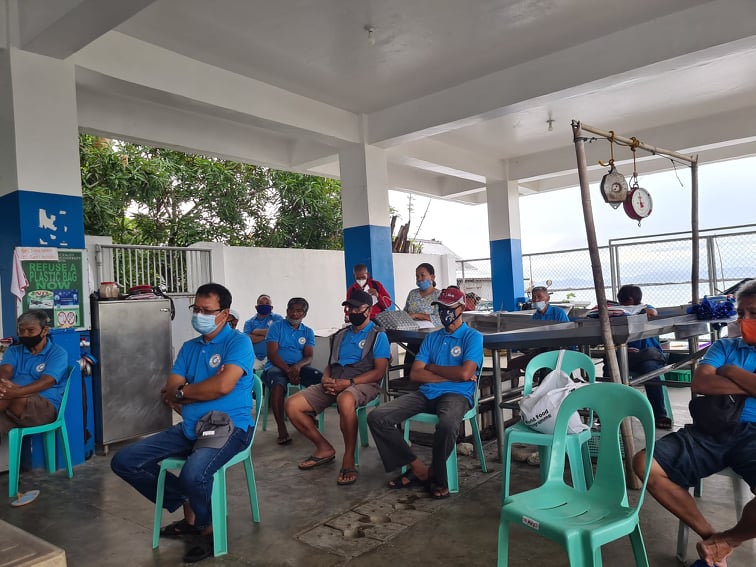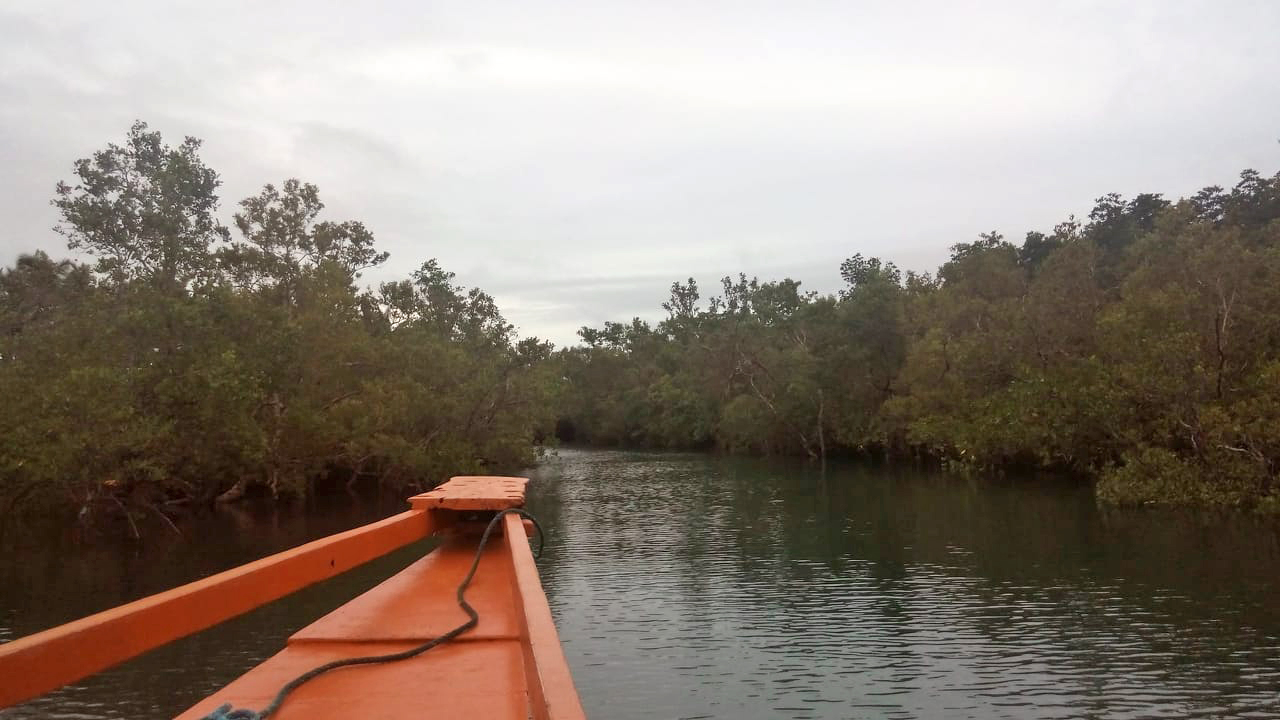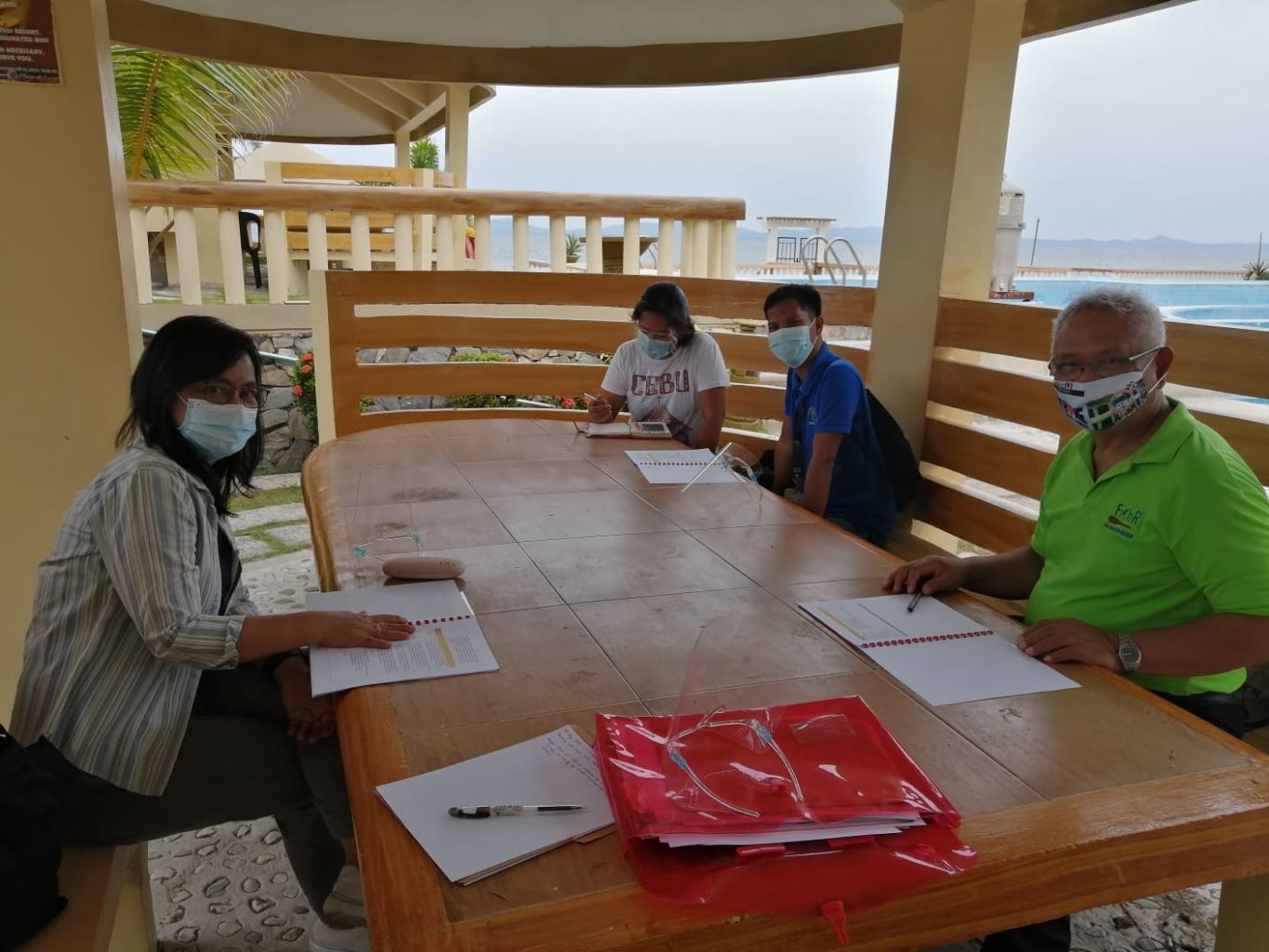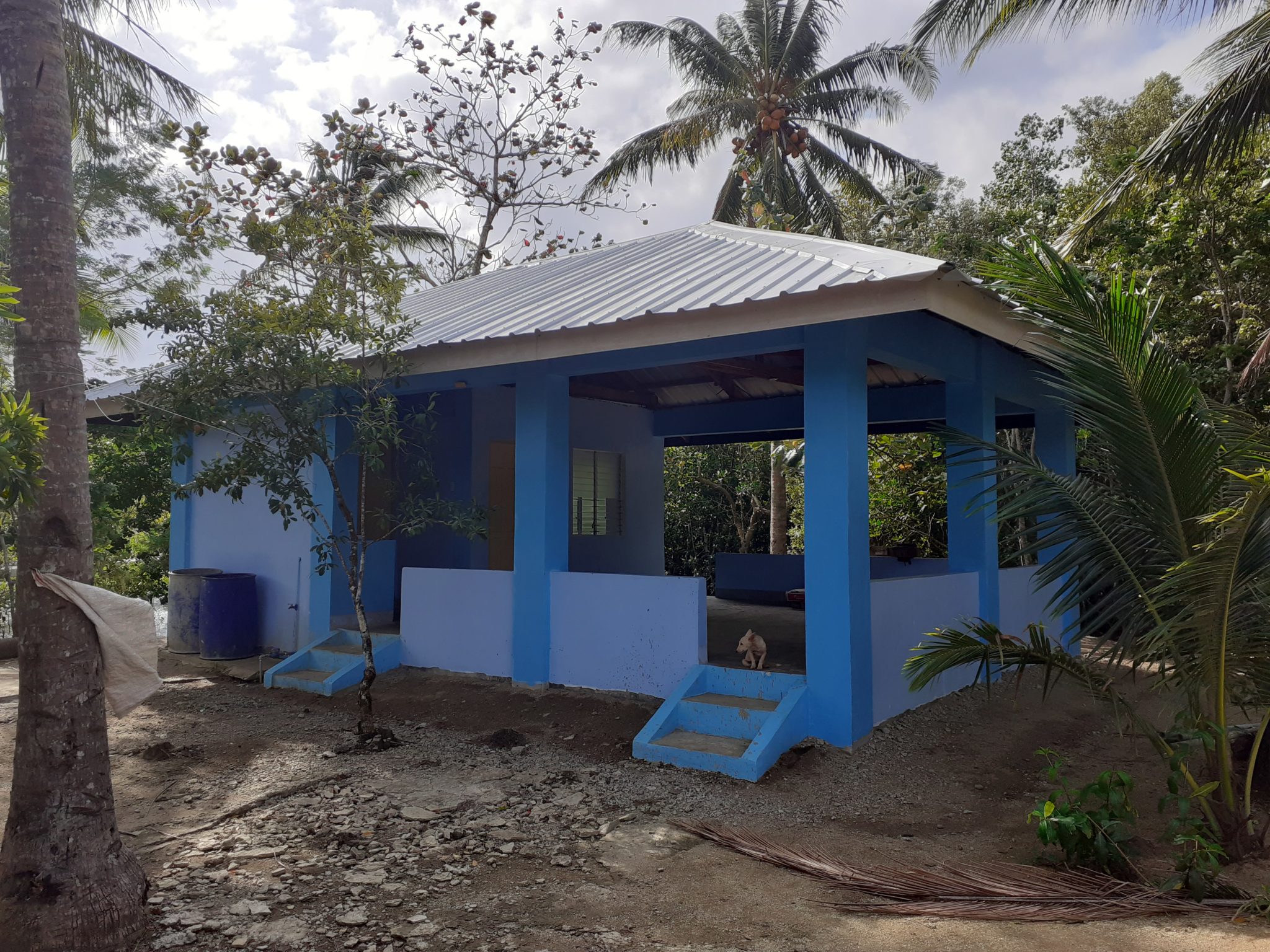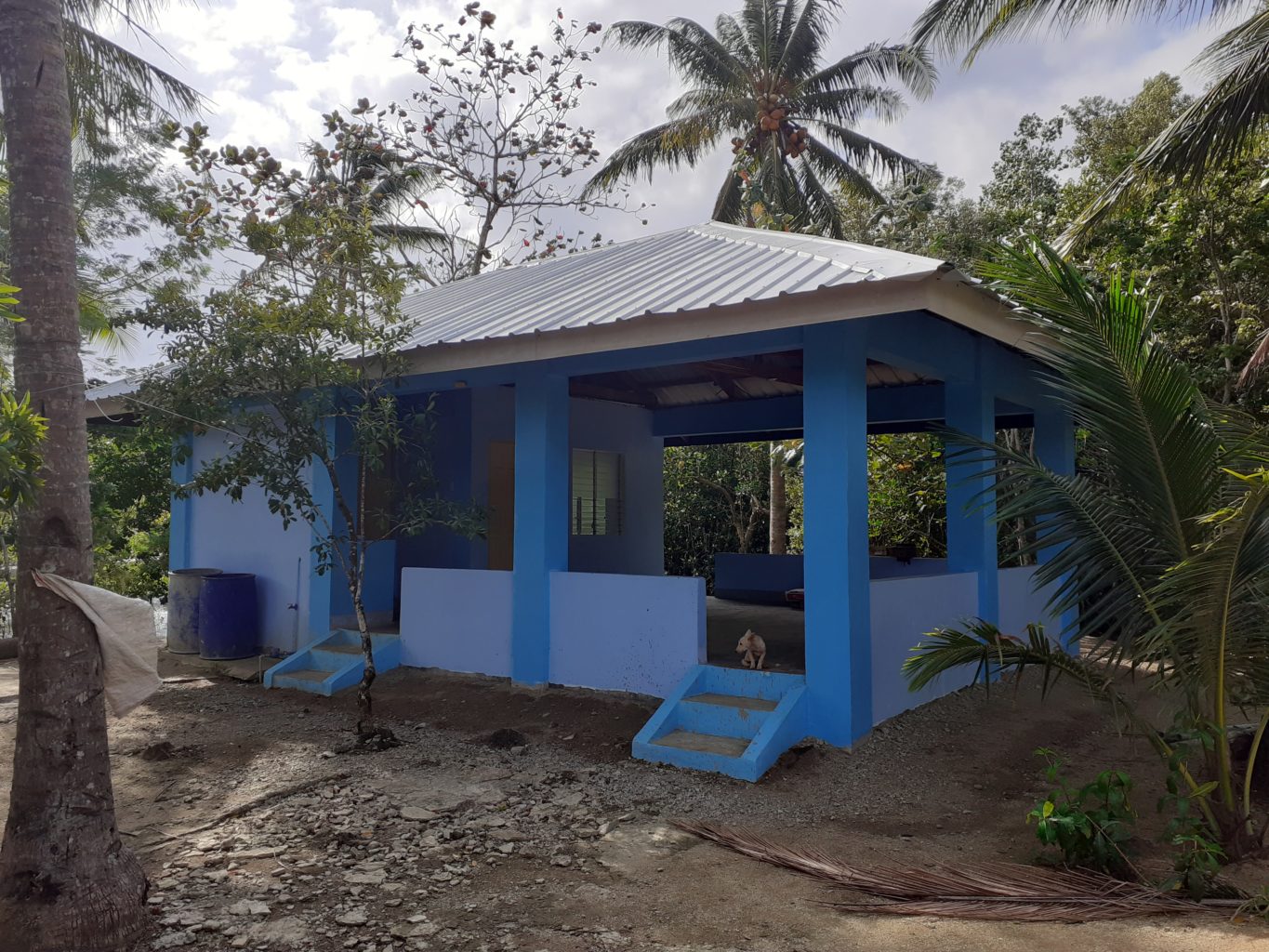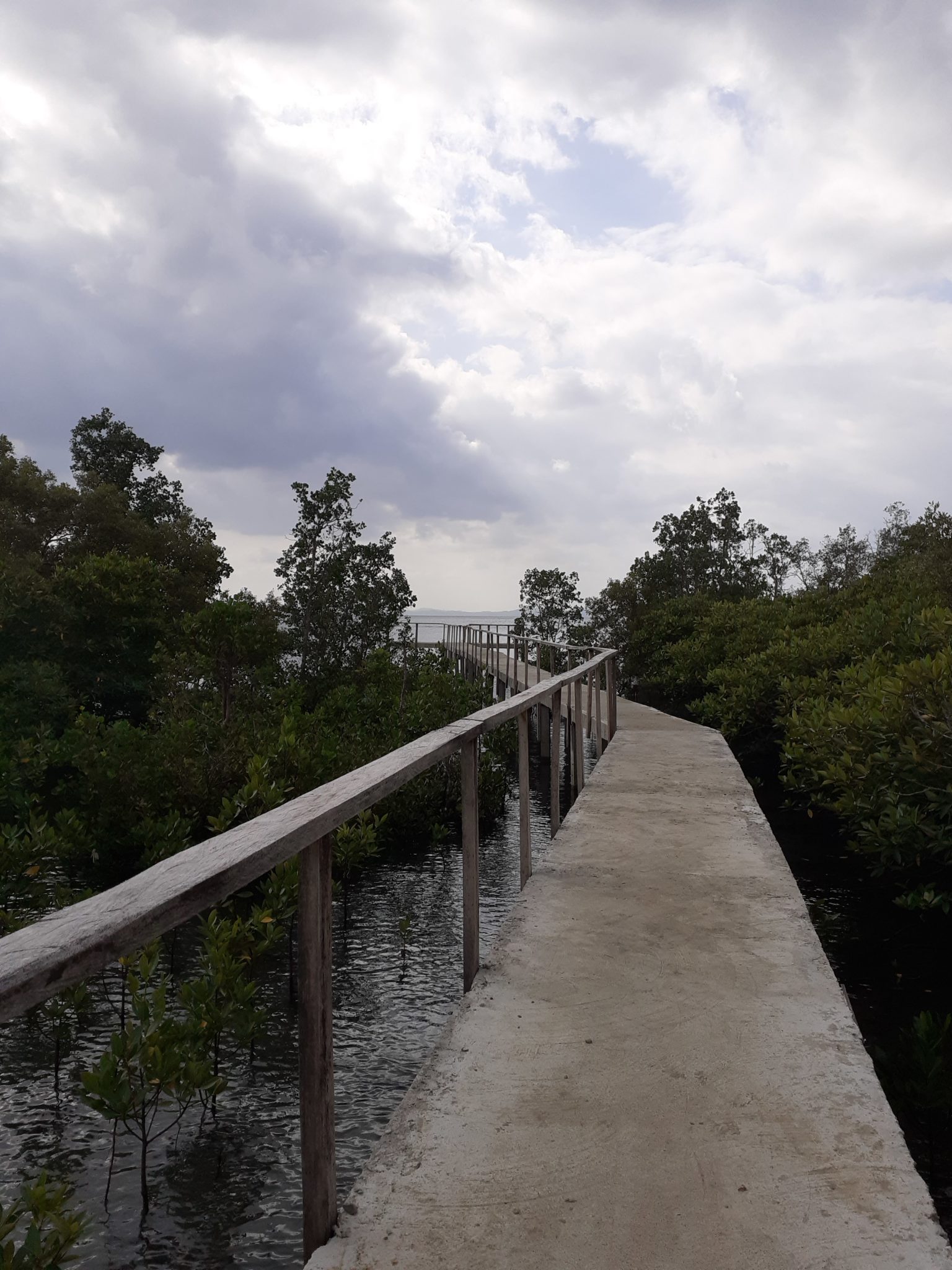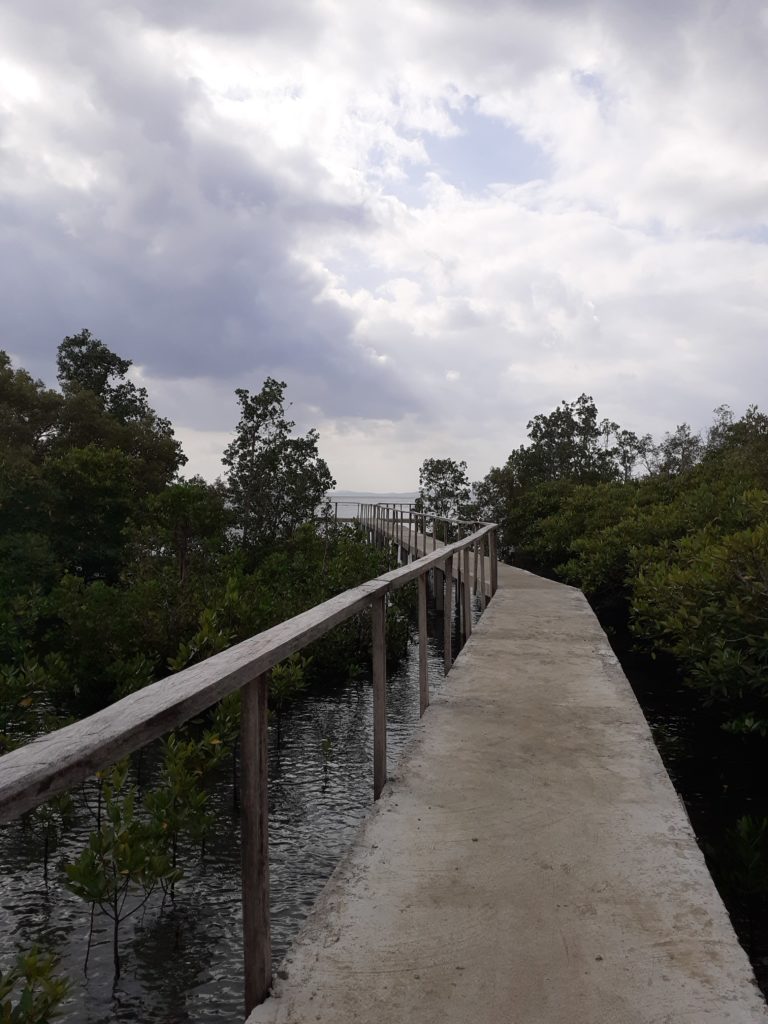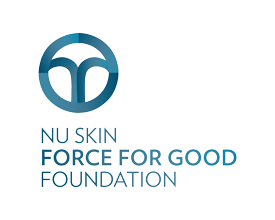This project will protect both coral reef and mangrove forest.
The reef is the “fringing” type, close to shore, and contains both soft and hard corals. It teems with fish, including grouper, snapper, threadfin bream, rabbitfish, parrotfish, trevally, jack, barracuda, mackerel, and anchovy. Whale sharks, giant clams, and green sea turtles also live there. Spinner and Indo-Pacific bottlenose dolphins, as well as humpback whales—species that have been declining elsewhere in the Philippines—are found nearby.
Illegal fishing, however, threatens the health of the reef. Fishers scoop up everything in their path and damage the sea floor. To combat this threat, the barangays (villages) of Alabat Municipality will set aside 277 acres of reef as a no-take marine reserve. Community members who have been trained as fish wardens, along with army and police officers, will patrol the area.
The mangrove forest, which contains at least five species of mangrove, protects the villages from storm damage and provides a nursery for reef fish. But illegal settlers have cut down trees to build houses and make charcoal. To protect it, the municipal government will enforce a no-construction rule in 47 acres of mangrove forest.
Working with our nonprofit partner the Tambuyog Development Center, the villages will use a Seacology grant to build a community center and 250-meter boardwalk. Local schools and youth groups will use these facilities for environmental education and ecotourism. Villagers will also use the boardwalk to keep an eye on the mangrove forest and tidal flats.
This project came about because Alabat officials were impressed by the environmental and ecotourism benefits of the Seacology project in Agdangan, on Luzon Island. The Agdangan community is protecting a marine area and mangroves, and used a Seacology grant to build an environmental center and boardwalk.


